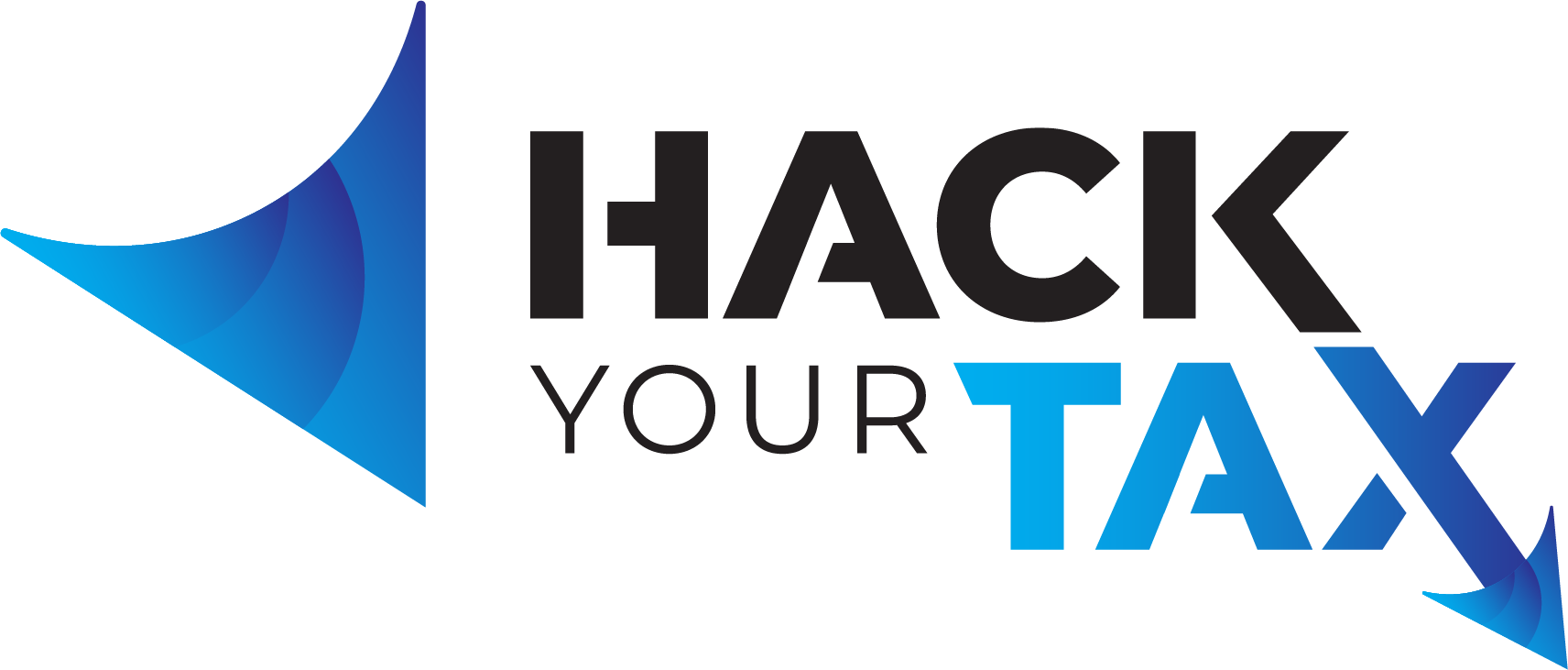Charitable Contributions Are More Than Just Tax Deductions
Charitable contributions allow individuals to help and assist charities through the giving of their time, talents, goods, passion and money. Donations by individuals make up nearly three out of every four dollars donated to charitable organizations. April 2018 estimates of future donations worry non-profit organizations. From the estimated nearly 37 million households claiming itemized deductions for charitable gifts for the 2017 tax year, those numbers are projected to dwindle to 16 million in 2018. Charitable giving could drop by as much as $20 billion in 2018. What will these numbers mean to charitable organizations and what else is there to learn?
Charitable contributions and giving statistics
According to NPTrust, in 2016, the largest source of charitable giving came from individuals at almost $282 billion, or 72% of total giving, making these sources the driving force of the rise in total giving. Rounding off the balance showed foundations at 15%, bequests at 8% followed by corporations at 5%. Total contributions to charitable organizations in 2016 were $390 billion or 2.7% figured at [then] current dollars and 1.4% in inflation-adjusted dollars from 2015.
An early projection of giving by groups for 2018 showed only slight changes from 2016 (last established figures.) Note that this represents the percentage of giving by group, not dollar amounts. Each group could be (and is expected to be) giving less when figured by dollar amounts.
- Individuals will give only 70%, 2% less than in 2016
- Estates (or bequests) will give 9%, up 1%,
- Foundations will come in at 16%, up 1%, and
- Corporations remain the same, at 5%
Final numbers for 2017 won’t start coming in until June 2018. Based on some projections that donors heeded encouragement by many organizations to give liberally in December 2017, the numbers could show a greater increase in 2017 contributions than anticipated in early 2017. This increase, however, can hardly offset the expected decrease in charitable contributions by individuals in 2018.
What organizations benefit most from charitable contributions?
In 2016, the most current year with complete statistics, the majority of charitable dollars went to:
- Religion (32%)
- Education (15%)
- Human services (12%)
- Foundations (10%)
- Health (8%)
- Public-society benefits (8%)
- International (6%)
- Arts, culture, humanities (5%)
- Environment, animals (3%)
All of these organizations can expect to see a drop in funding. The dynamics of the reasons are multi-faceted, and some will fare far better or far worse than others.
Do charitable donations come from the heart or the tax code?
Whatever anyone wants to say about charitable giving, most individuals keep track of how much they donate to the charities that have special meaning to them. Some individuals don’t take allowed tax deductions for moral or ethical reasons and others don’t claim any deductions because they don’t itemize their tax returns. However, charitable contributions have been used to lower taxable income since World War I, when this tax deduction was introduced.
Some taxpayers are structuring their individual tax strategies to leverage the Tax Cuts and Jobs Act of 2017 to their advantage. There’s nothing wrong with this. In fact, these donors give much more than those who don’t claim the deduction. However, it could have unsettling effects on non-profit, charitable organizations until, and if, they can handle the changing dynamics of their income and budgeting tactics. Some individuals are looking at making all charitable contributions every other year, thus maximizing the benefits of those dollars. Higher-income individuals, often business owners themselves, will use all tax benefits allowable under their current business structure and will look at changing that structure as necessary.
How can non-profits encourage charitable contributions to their organization?
Competition for an ample slice of the decreasing charitable contributions pie during 2018 and beyond is becoming fierce. Donors who itemize have been twice as dependable to donate and have served up more than 80% of the total giving with their standard deduction counterparts offering just 20%. That being said, organizations are looking closely at who these itemizers are and what they want in return for their donations.
Savvy non-profits should take into consideration things which are important to donors such as:
- Mobile online access. 80% seems to be a magic number. Between 2013 and 2015, online giving increased by that magic number. Only an estimated 20% of non-profit fundraising websites had been optimized for mobile devices. These organizations need to reconsider spending in order to receive. There are donations out there, but the fundraisers can’t see the donors, and the donors can’t see them.
- Trust. Board members need to be carefully considered. The board should establish and exhibit trust and a passion for the cause. Board members should be able to think into the future and understand cutting-edge technologies and financial strategies and ethics.
- What silent-auction or ‘drawings’ donors want. Your online donors may well be younger, more mobile, less interested in stuff and more interested in experiences (bucket list items). Travel opportunities will be big donor incentives in 2018. Many donors budget up to $5,000 a year for travel, making tickets to enter such a drawing a valuable vehicle for donations! Know your audience donor!
Anything else?
Choosing your charity or the entity you wish to donate to or support is a personal decision. More information may or may not influence your participation or your passion for the cause. Be true to yourself.
What’s the bottom line?
If you have never consulted with a CPA tax specialist, and have an interest in better controlling your financial life goals, contact me now. Tax laws and opportunities have changed dramatically and will continue to do so. Stay prepared, flexible and in control.
Our goal is to become part of your overall life goal planning team so that you will be able to establish your own goals and know that you have a trusted professional on your team. We establish and maintain a personal and business relationship with our clients. Your LIFE is your business and your BUSINESS is your life, and we’re here for YOU.
Call us at 479-668-0082. Use my Calendy Page (it’s easy) to set an appointment or email us.
You may also be interested in these questions:
Do I really want to sit (actually work) on this Board?
Did you know the IRS has a 2018 Fiscal Year Work Plan for Non-profits?
How is your business structured? Are you sure it’s the best choice?


